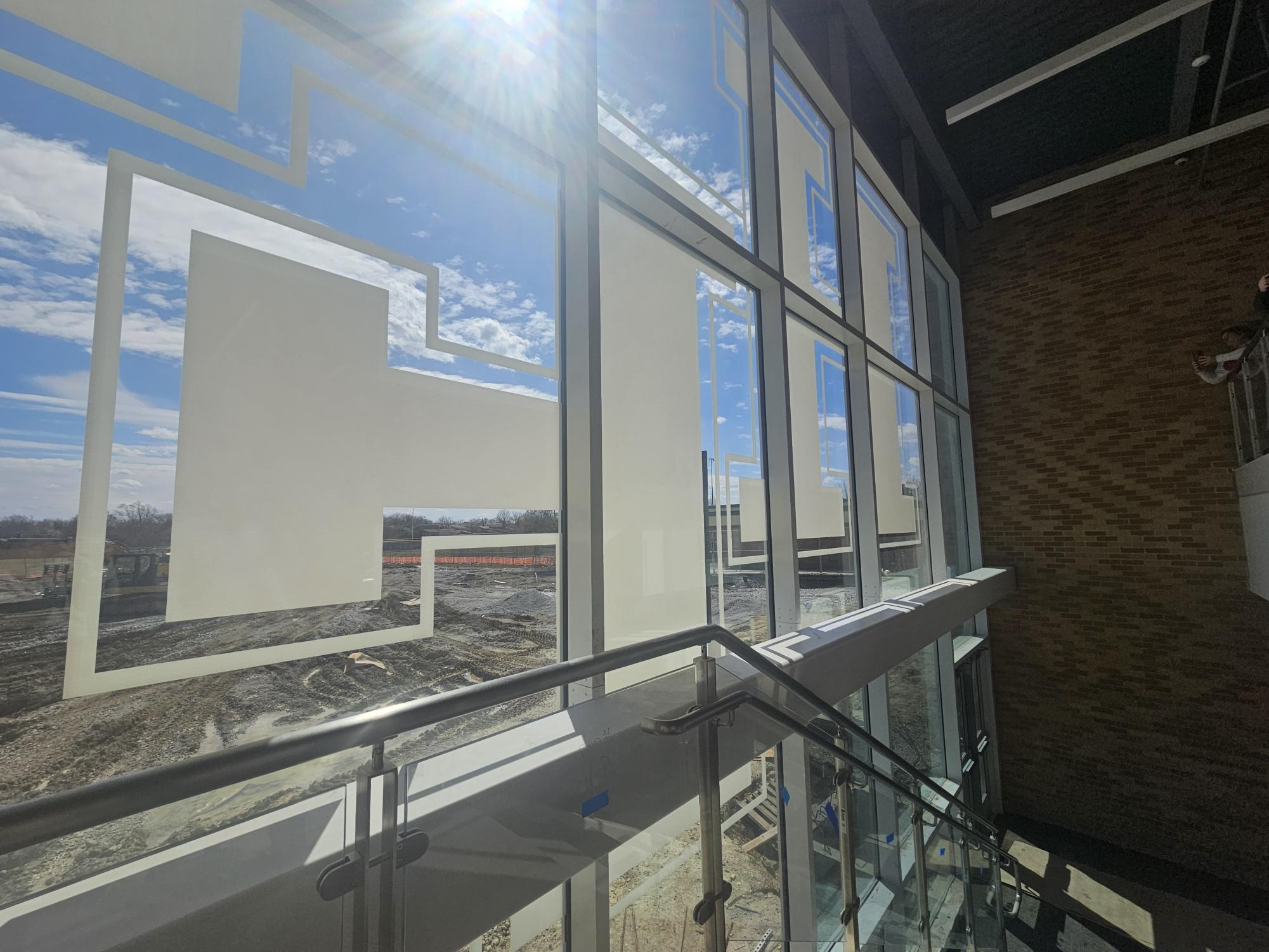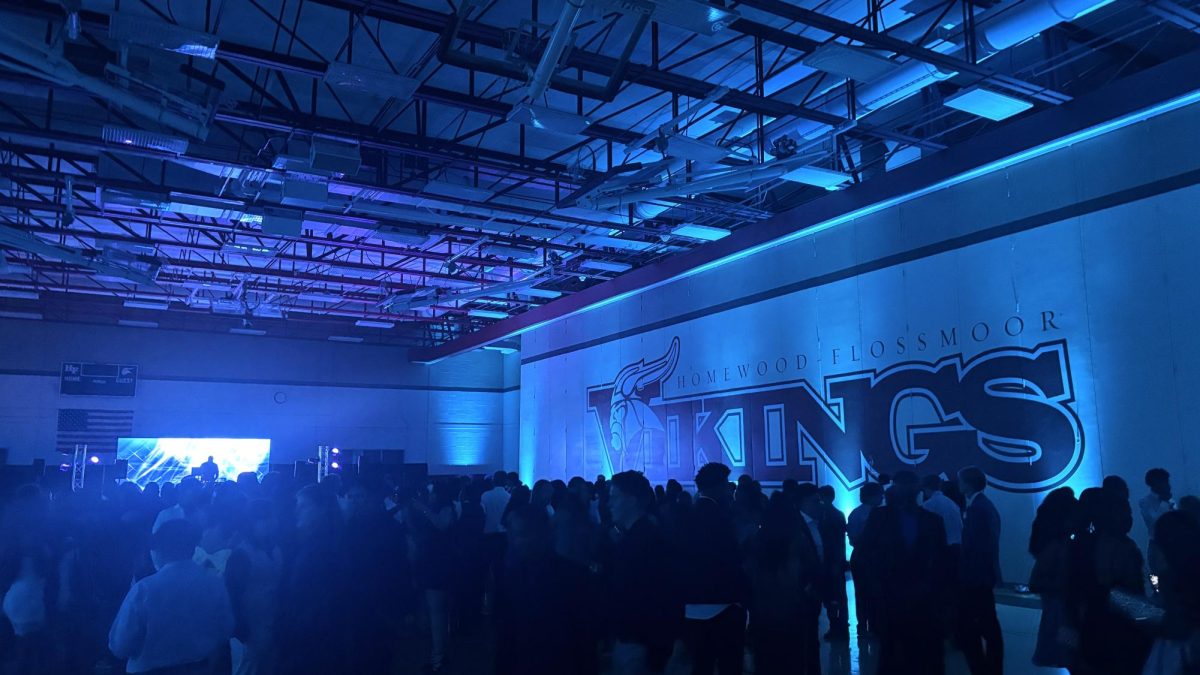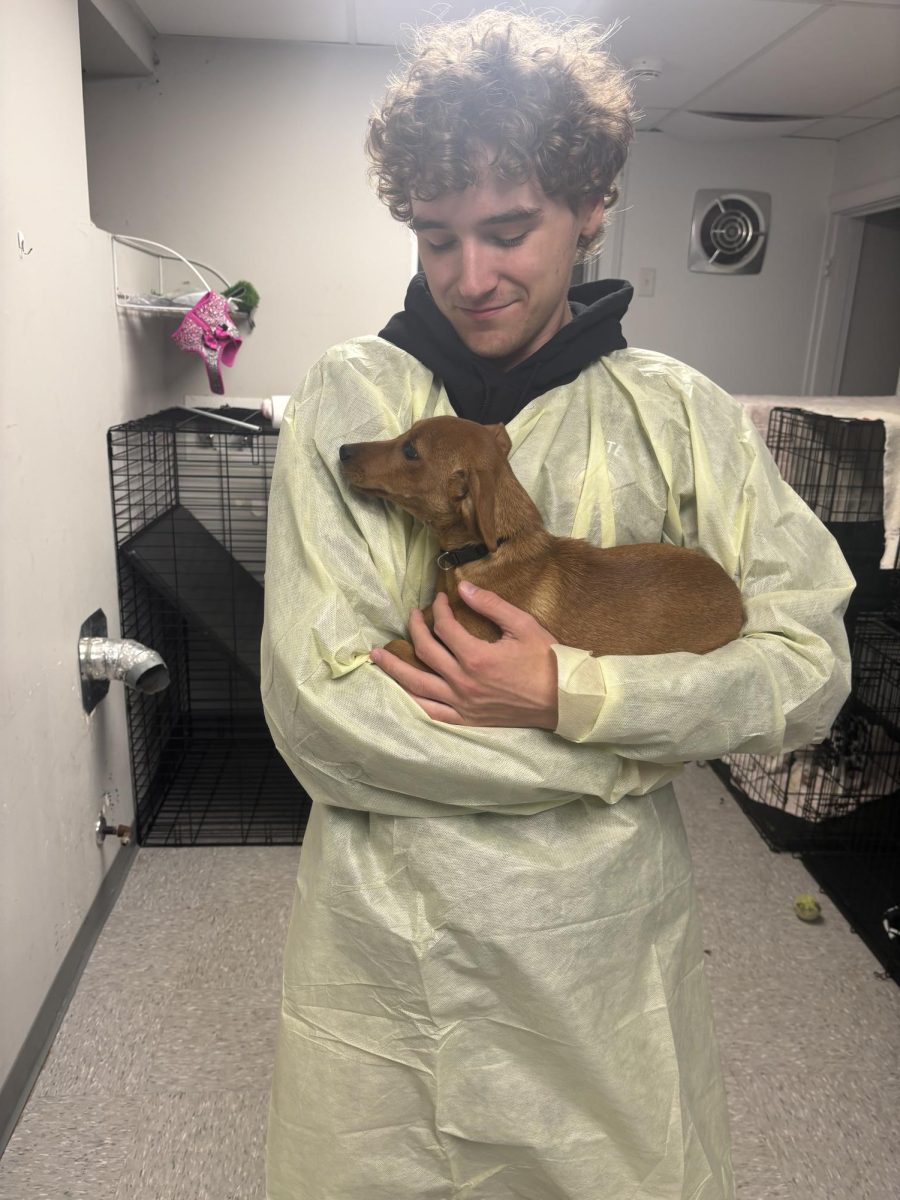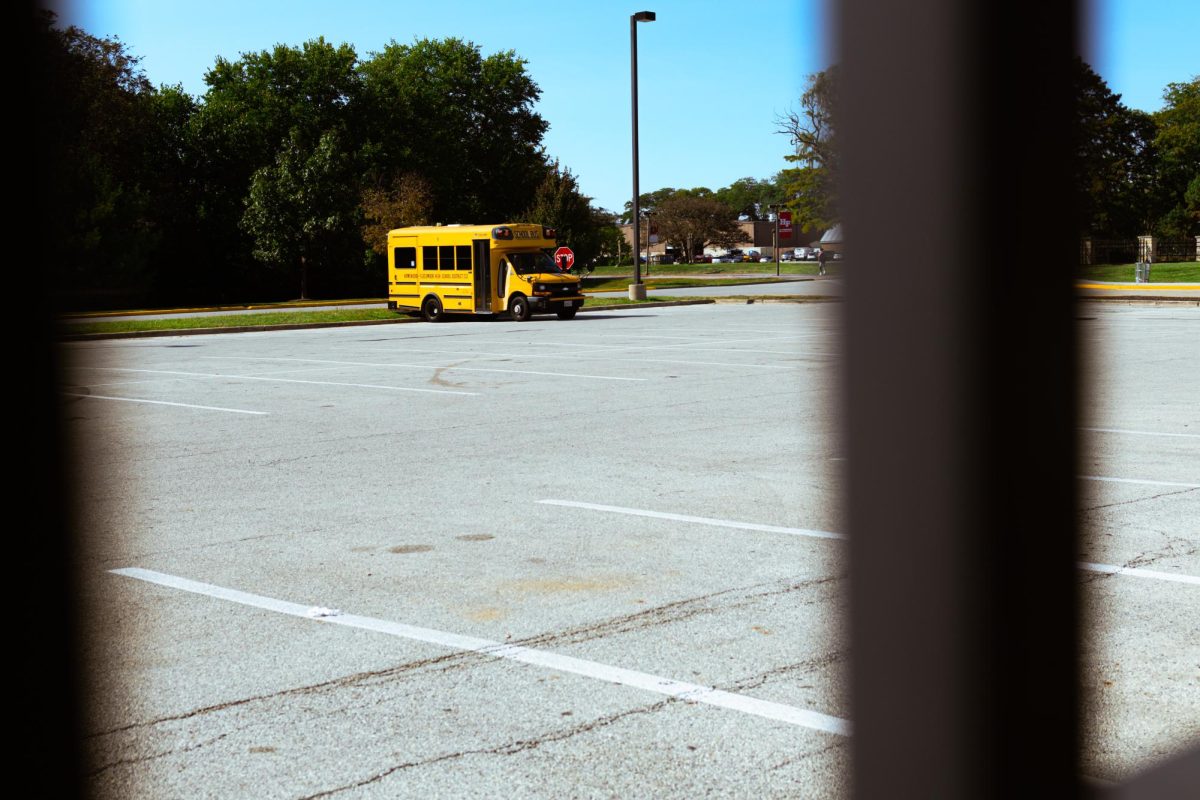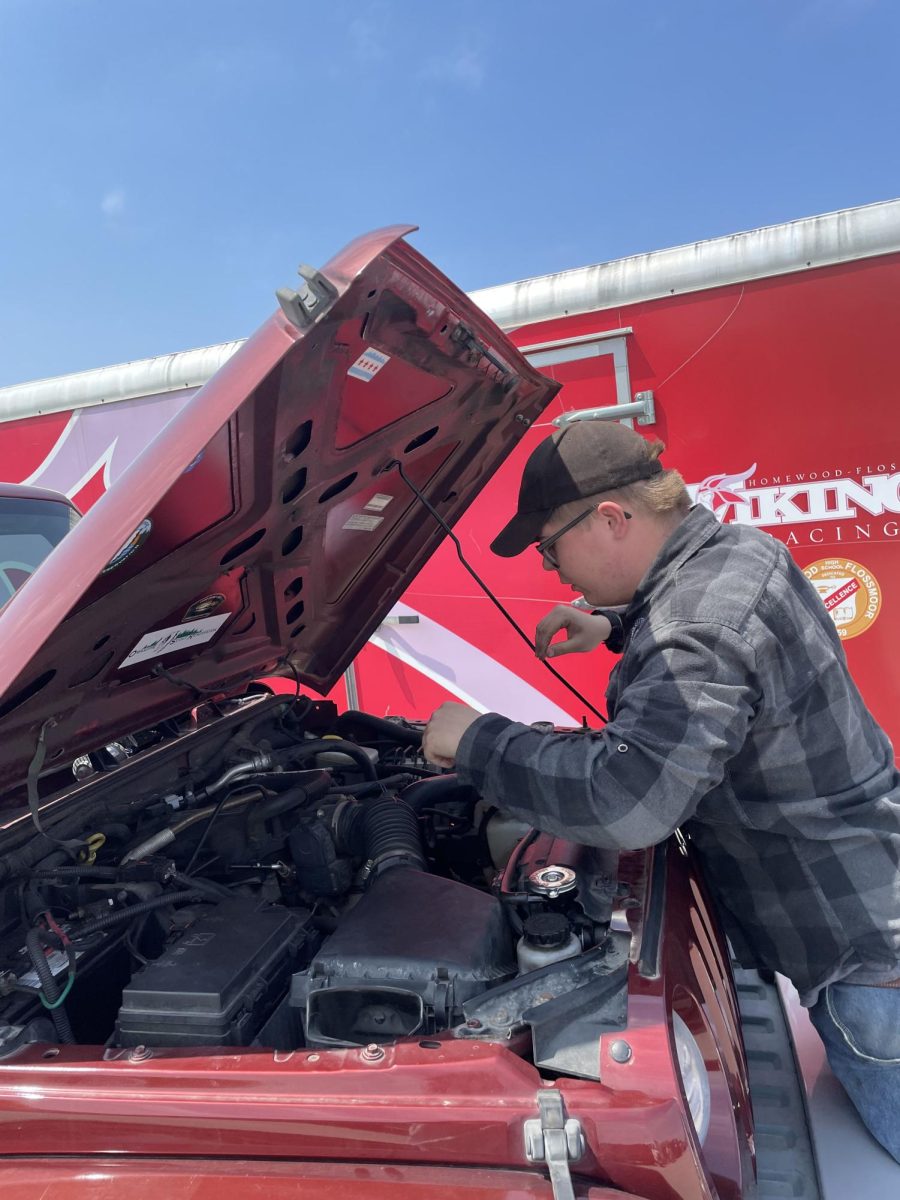The new net-zero science wing will officially open on May 6 with a ribbon-cutting ceremony accompanied by H-F’s Viking Orchestra.
According to Principal Clinton Alexander, “We will fully occupy our new net-zero science building at the start of the 2025-26 school year.”
Because of this, teachers in B Building are beginning to relocate before this school year ends.
According to Alexander, B Building classes will be left alone for a while before they figure out a plan for the rooms.
“No new teachers are required because enrollment hasn’t increased. Teachers will no longer occupy B Building except for classrooms B5 and B6,” Alexander said. “I’m sure we will eventually create an innovative space that supports our students.”
The new science wing holds new and improved rooms for more student-teacher engagement within classes, as well as interactive features in the hallways and shared areas.
For instance, outside in the main area, there’s a physics graph and measurements that the physics classes can use during lessons painted on the floor. Additionally, in the back of the building, there is a live wall consisting of different plants and flowers.
In the main section of the building, some stairs are used for presentations or for students to sit and socialize.
According to Superintendent Scott Wakeley, “The stairs are called the learning stairs; they will be used for presentations, and there is a screen that comes down so we can have lectures and have guest speakers come in to talk to the kids.”
He continued, “These aren’t only for the science classes; they can also be used for other presentations, so we don’t always have to use the Viking Room.”
This new projector and stairs can help spread out students and families during presentations and orientations.
“I am very excited for the opportunities this new facility will provide to our students and teachers,” Wakeley said.
The new science classrooms will also significantly differ from the current ones, as they will feature a more open layout to allow greater mobility during lessons. Upgraded desks will provide additional workspace, and the rooms will be equipped with chemical hoods designed for safe experimentation.


